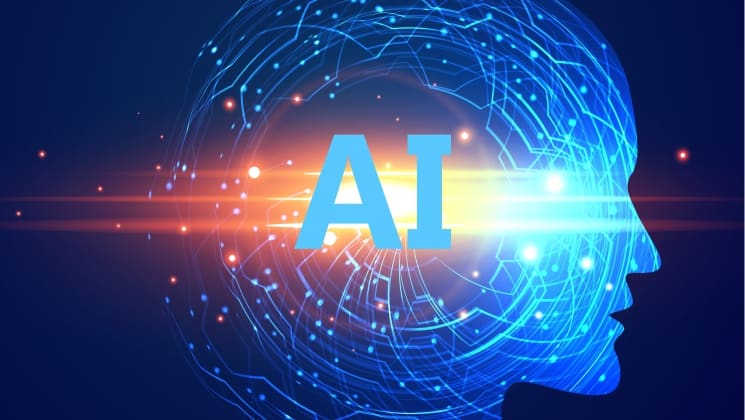How To Stop Buffering
What is Buffering?
In the simplest words, "buffering" is when your device pauses in the middle of an activity. Your system will pause your task until enough data has been downloaded to allow the music or video stream to play smoothly. Though buffering may seem inconvenient at first, it is designed to help you stream more smoothly.
This little lag is most noticeable at the start of a video, but it can also occur while opening new web sites, streaming music, or using mobile apps.
Causes of buffering:
1) How many devices are simultaneously connected?
It's easy to forget how many other devices are low-key Wi-Fi vampires in our modern technology-driven economy, when millions of common products are getting upgraded for internet access. Linked cameras, doorbells, tablets, smart speakers/voice assistants (like the Amazon Echo), smartwatches, connected lighting, and so on are all devices that can slow down your network.
2) What’s happening on those devices?
Examine how many of your devices are currently active at any given time. If you have four cellphones in your house, two of which belong to adolescents who are always on YouTube and Snapchat, Netflix streaming on your smart TV may suffer as a result.
Buffering Hacks:
1) Webpage won’t load: Close any tabs that aren't needed. Switch to a different browser or restart your browser (i.e., try using Chrome instead of Safari). Some websites perform better in different browsers.
2) Music streaming won’t play: Allow additional data to download by pausing the music player.
3) Video stream won’t play: Allow enough data to download by pausing the video. Reduce the quality of your streaming service's playback.
4) App is freezing: Delete the app and reinstall it. In the settings tab, close or turn off background applications
5) General buffering and lag: Update your device's virus protection. Viruses and malware can slow down systems or upgrade your internet speed.







